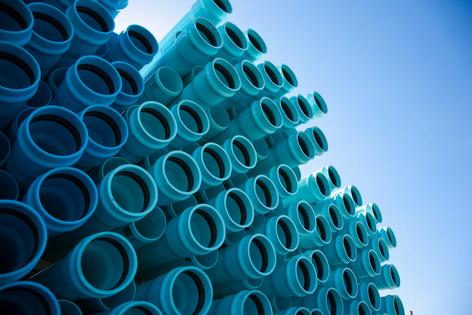Lead water pipes created a health disaster in Flint, but replacing them with cheaper plastic − as some cities are doing − carries hidden costs
Published in Science & Technology News
Flint, Michigan, made headlines in 2015 when tests revealed dangerously high lead levels in its drinking water. The city had switched its water supply to the Flint River a year earlier, and corrosive water had damaged aging lead pipes, exposing thousands of people to lead contamination.
The result was a human health crisis that residents are feeling the effects of to this day. And Flint was only the tip of the iceberg.
The EPA estimates that 9.2 million service lines that deliver drinking water to U.S. homes and businesses are made of lead. The federal government considers replacing these lead pipes a top priority and has launched a variety of initiatives to help, including the 2021 Infrastructure Law, which committed US$15 billion over five years to lead pipe replacement.
The EPA is now proposing to require the removal of lead pipes across the U.S. within 10 years. The agency has been silent, however, regarding what should replace lead.
We study water policy and water chemistry, with a focus on plastics and emerging contaminants, as well as on equitable access to clean water. We see concerns with a popular replacement material for lead pipes: plastic.
The buried legacy of lead pipes is concentrated in cities with large low-income populations. Seven of the 10 U.S. states with the most lead service lines are Great Lakes states, and our research shows the new federal funding will cover less than one-fifth of the costs of replacing known lead pipes in that region alone. These cities could unknowingly set up new environmental health risks.
There is no level of lead exposure considered safe for humans.
In children, lead exposure can affect their organs and brain development, causing decreased intelligence, behavioral disorders and learning problems. Adults are also vulnerable. Even low lead exposure can cause kidney problems and high blood pressure. A recent study estimated that 170 million U.S. adults were exposed to high levels of lead in early childhood.
Congress, in 1986, amended the Safe Drinking Water Act to prohibit the use of lead pipes in the installation or repair of any public water system, home or business that supplies drinking water.
But many communities already had lead pipes that they expected to last for decades longer, and replacing them is expensive. The EPA estimates that replacing each lead service line from a city water main to a home costs an average of $5,066.
...continued















Comments